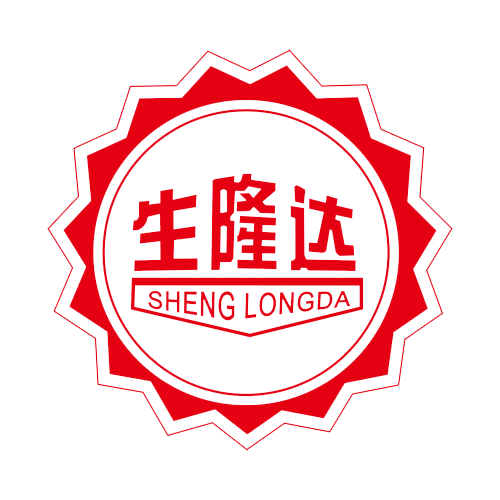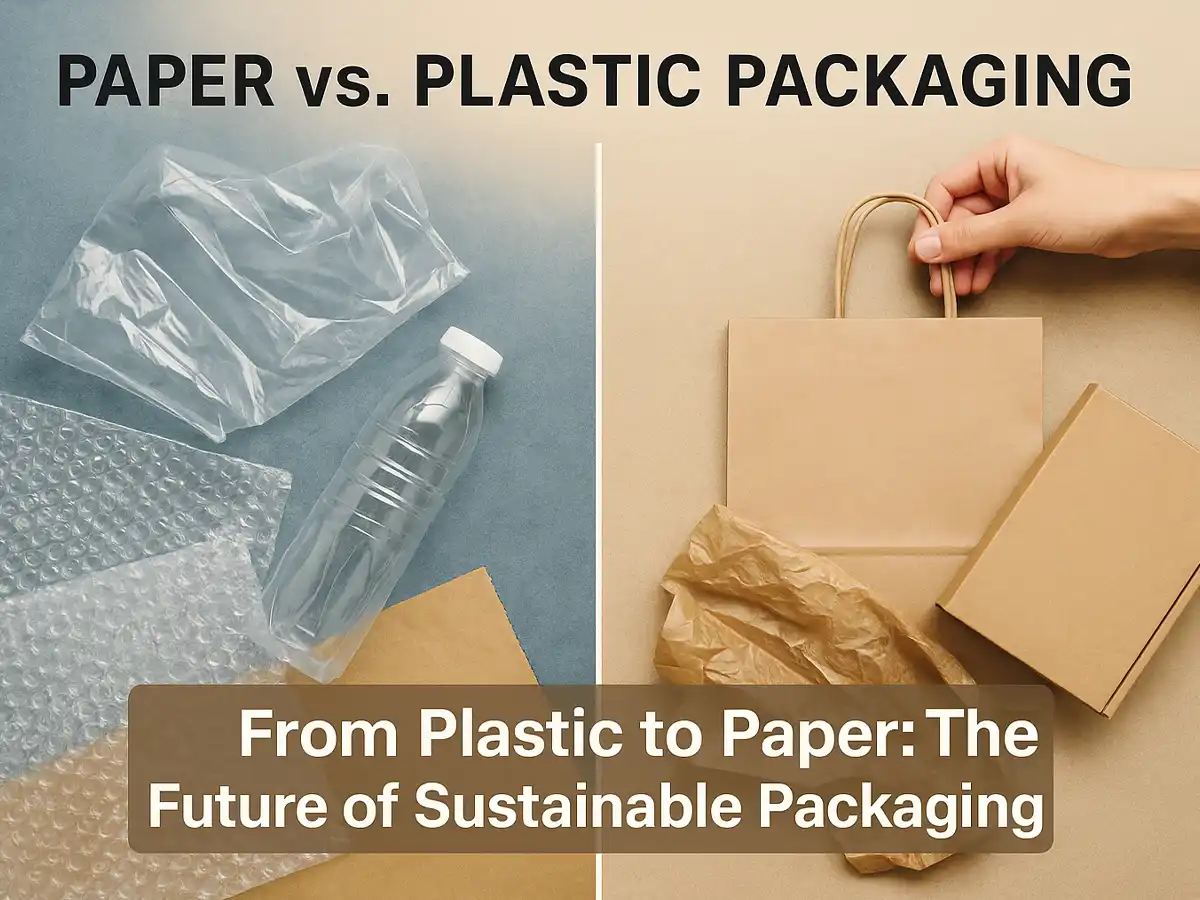In the world of packaging, a major shift is underway. More and more global brands are saying goodbye to plastic and turning toward paper-based alternatives. From retail packaging to e-commerce shipping boxes, paper is fast becoming the preferred material — not just for its eco-friendly reputation but for its growing business value.
This movement, often referred to as “paperification” — replacing plastic with paper or cardboard — is reshaping the packaging industry. Companies like Amazon have already made bold moves, replacing plastic air cushions with 100% recycled paper filler, eliminating billions of plastic packaging pieces annually. This change is not just about image; it’s about meeting the expectations of environmentally aware consumers and complying with new sustainability regulations.
1. The Sustainability Imperative: Why Paper Wins
The rise of paper packaging is closely tied to environmental responsibility. Unlike plastic, which can take centuries to decompose, paper is renewable, recyclable, and biodegradable. Many brands are turning to materials sourced from FSC-certified forests, ensuring their packaging contributes to responsible forestry rather than environmental degradation.
Recent studies back this up — 52% of consumers prefer paper packaging when shopping online, citing recyclability and a natural look as key reasons. This sentiment reflects a broader societal trend: sustainability has become a purchasing driver rather than a marketing buzzword.
For manufacturers like SLD Packing, which specializes in custom paper packaging for chocolate, cosmetics, and gift industries, the shift aligns perfectly with global sustainability goals. The company’s investment in FSC-certified materials and biodegradable finishes allows brands to maintain both elegance and environmental responsibility.
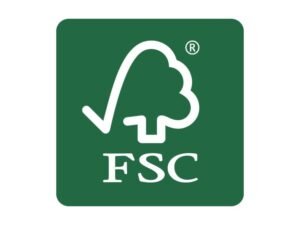
2. Regulatory Pressure Accelerates the Shift
Government regulations are another key factor driving the paperification movement. Across Europe and North America, single-use plastic bans are tightening. The European Union’s directive to eliminate certain plastic packaging types by 2030 and the U.S. state-level bans on plastic bags and mailers are clear indicators of this change.
Paper, on the other hand, offers a compliant and future-proof solution. Brands adopting paper packaging today are not only protecting the planet but also safeguarding their operations against future restrictions.

3. Consumer Psychology: The Appeal of Paper Packaging
Sustainability aside, paper has a unique sensory and emotional appeal. The texture, finish, and print quality of paper boxes or bags convey craftsmanship and care — qualities that resonate with today’s mindful consumers.
According to industry surveys, consumers associate paper packaging with premium quality and trustworthiness. Whether it’s a chocolate gift box or a branded mailer, paper feels personal and authentic. That’s why high-end brands increasingly choose rigid paper boxes or kraft mailers to enhance their unboxing experience — an important part of online retail marketing in 2025.

4. Innovation and Performance: Modern Paper Packaging Can Compete with Plastic
One of the misconceptions about paper packaging is that it lacks the durability or barrier protection of plastic. Thanks to technological innovation, that’s no longer the case.
Modern paper packaging solutions now feature laminated coatings, water-resistant layers, and enhanced strength through advanced die-cutting and lamination techniques. At SLD Packing, German Heidelberg printing machines and automatic laminating equipment enable high-quality, durable designs without compromising sustainability. These advancements make paper packaging suitable for everything from luxury chocolates to direct-to-consumer shipments.
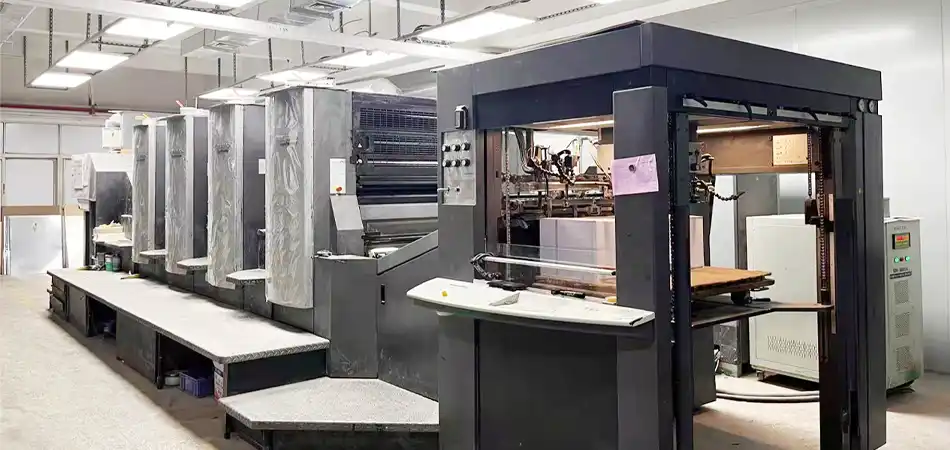
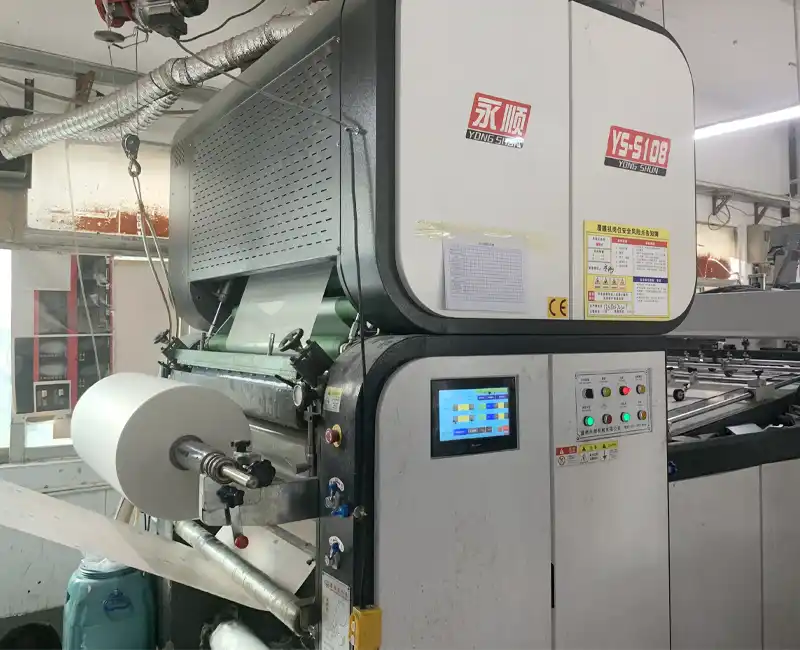
5. The Business Case for Paper Packaging
Beyond environmental and aesthetic benefits, paper packaging also makes good business sense. It positions brands as sustainability leaders, which can directly influence consumer loyalty and purchase intent.
A report by McKinsey & Company found that over 52% of consumers are willing to pay more for products with sustainable packaging. This means brands that switch to eco-friendly paper solutions can justify slightly higher prices while enhancing brand perception.
Moreover, paper packaging supports circular economy initiatives, as it is easier to recycle and reuse than most plastic alternatives. This not only reduces waste management costs but also aligns with the ESG (Environmental, Social, and Governance) goals that many companies are now prioritizing.
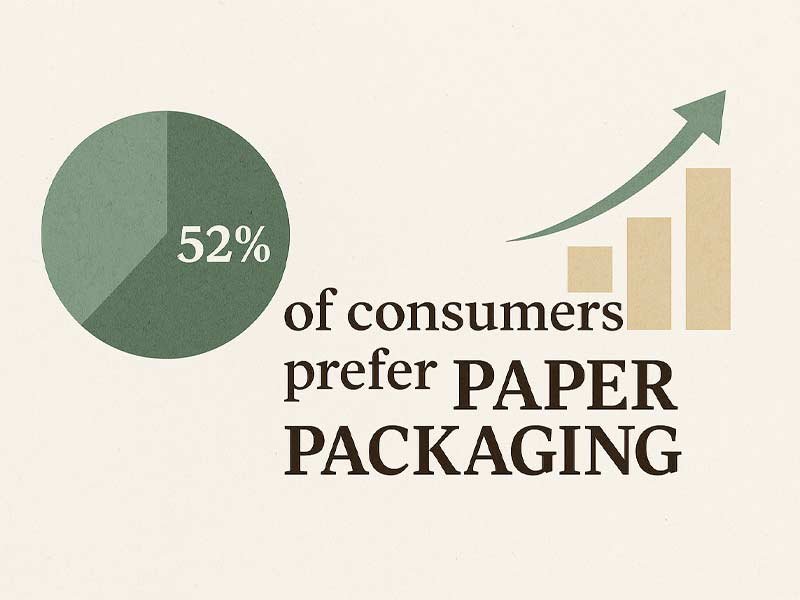
6. The Road Ahead: A 2025 Outlook
By 2025, the global market for paper packaging is projected to exceed USD 500 billion, with e-commerce, food, and cosmetics sectors leading the demand. As sustainability continues to influence both regulation and consumer behavior, brands that transition early will gain a competitive edge.
For packaging manufacturers, the challenge — and opportunity — lies in balancing eco-friendly innovation with functionality and design appeal. Companies like SLD Packing are at the forefront of this movement, combining environmental responsibility with high-end production capabilities to meet the growing expectations of international brands.
Conclusion: Paper Packaging — The Future Is Now
The paperification movement is no longer a niche trend; it’s a global transformation. With rising consumer awareness, stricter environmental laws, and rapidly advancing paper technologies, 2025 will mark a tipping point in sustainable packaging.
Choosing paper packaging is not just about reducing plastic use — it’s about embracing a smarter, more responsible business model that meets modern consumers’ expectations for sustainability, authenticity, and quality.
